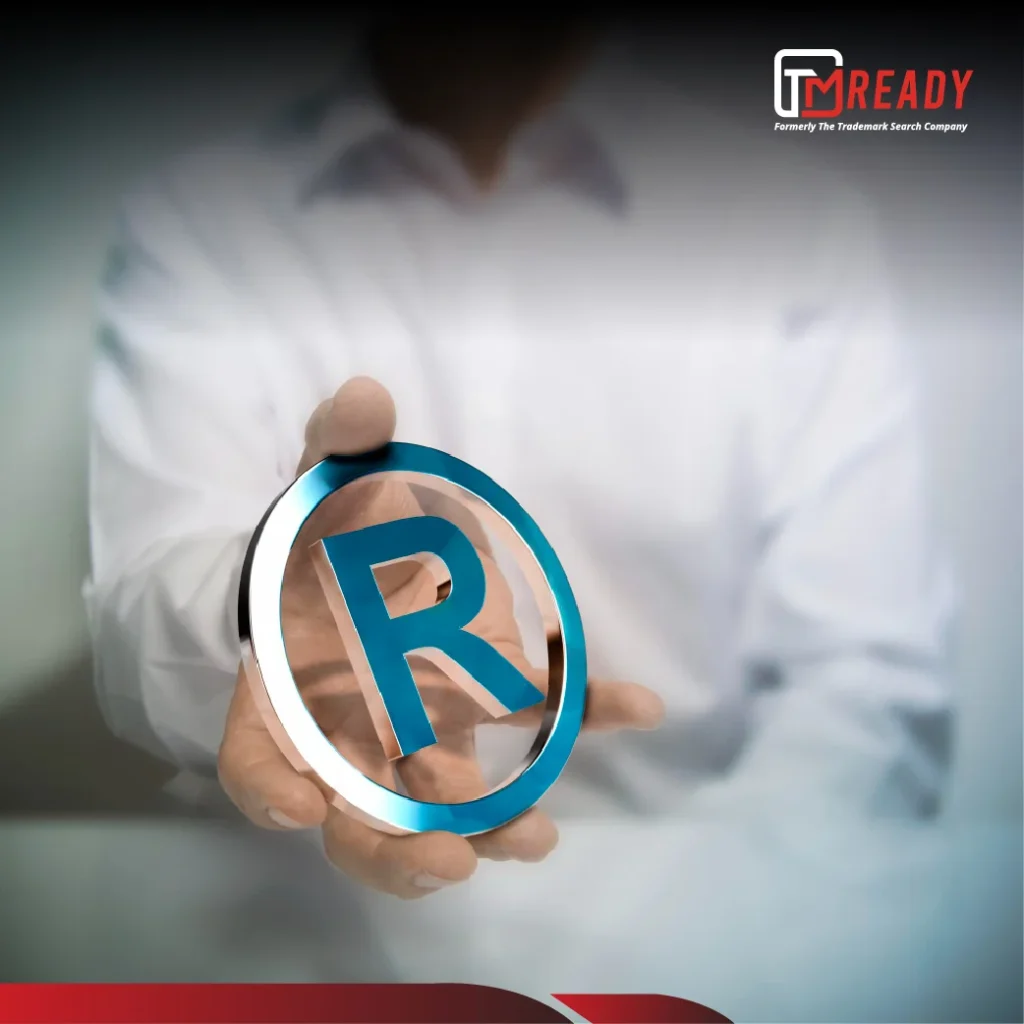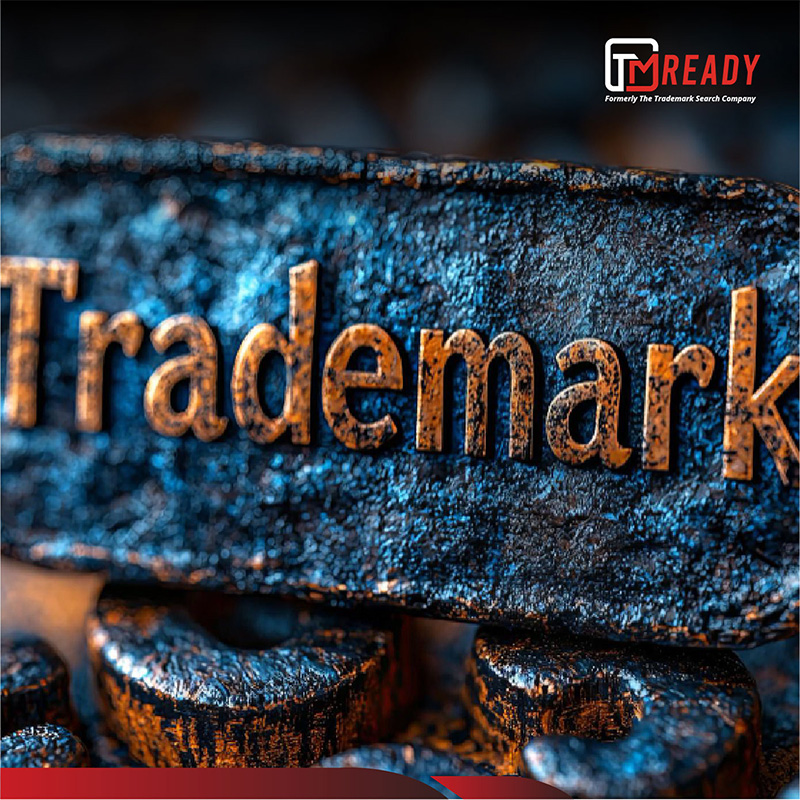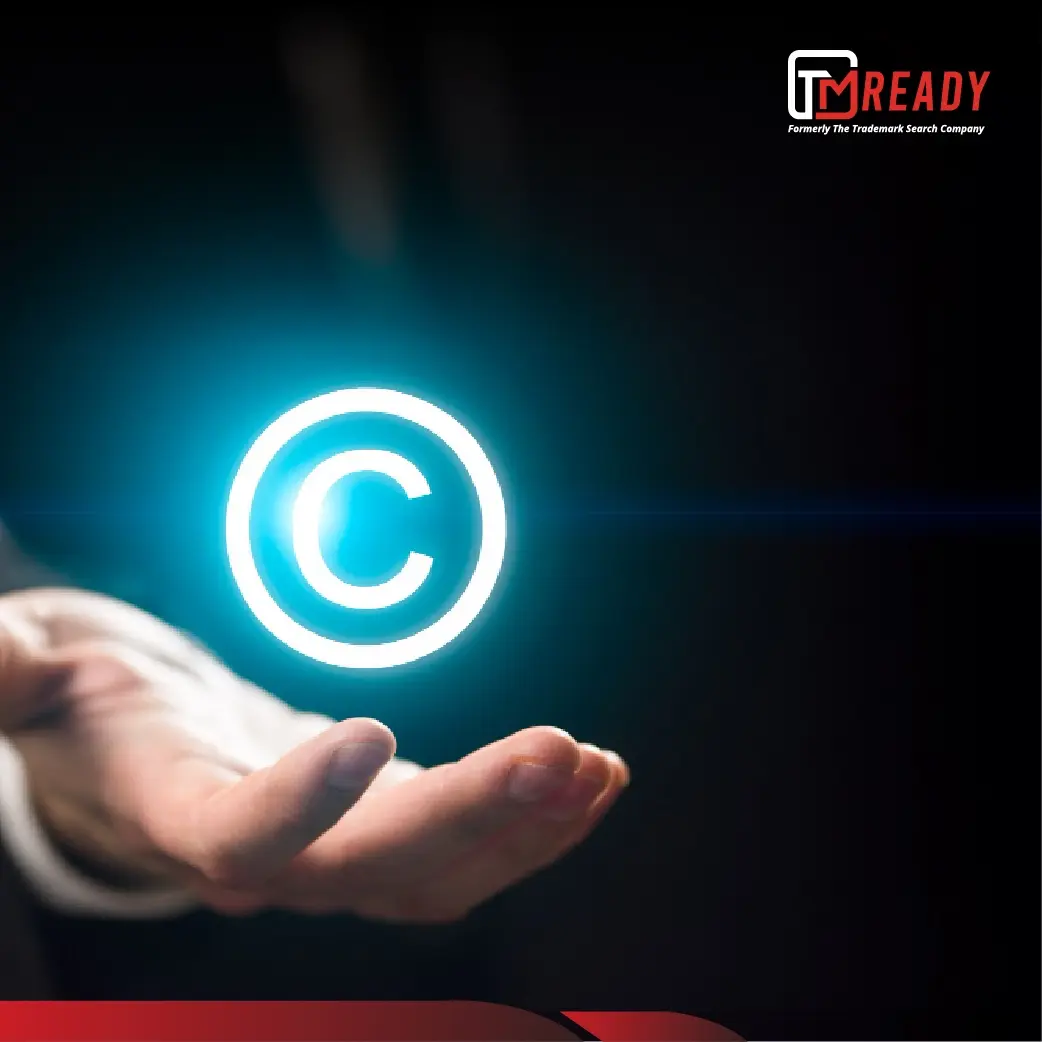In trademark law, not all names are created equal. Some brands — like Nike®, Coca-Cola®, or Airbnb® — enjoy strong trademark protection because they are distinctive. Others sit at the opposite end of the spectrum: generic marks.
A generic mark refers to words or phrases that are common names for products or services. Because they belong to everyone, they cannot be protected as trademarks.
But here’s where it gets interesting: some famous brands once had valid trademarks and later lost them because they became synonymous with the product itself. This process is called genericide, and it can cost companies millions in lost brand equity and legal protection.
This guide explains what generic marks are, why they can’t be protected, famous examples of genericized brands, and how companies can avoid losing their trademark rights.
Table of Contents
ToggleWhat Is a Generic Mark?
Legal Definition
A generic mark is a word or phrase that refers to the common name of a product or service, not a specific source or brand.
Think of terms like:
- “Computer”
- “Bread”
- “Email”
These are generic terms — they name the thing itself. If one business could trademark the word “computer,” no other computer manufacturer could describe what they sell.
Why Generic Marks Are Not Protectable
Trademark law exists to prevent customer confusion and protect brand identity — not to give monopoly over everyday language. Because generic words are necessary for communication, they remain in the public domain.
Legal Basis
Under the Lanham Act and USPTO guidelines, a mark must indicate a specific source. Generic marks fail this requirement and are automatically ineligible for registration.
Simple rule:
A mark is generic if it names what the product is, rather than who makes it.
How Strong is a Trademark?
Trademark strength depends on distinctiveness. Here’s how marks are ranked from strongest to weakest:
| Category | Meaning | Example | Registrability |
| Fanciful | Invented word | Kodak, Xerox | ✅ Strongest protection |
| Arbitrary | Common word used in unrelated context | Apple (computers) | ✅ Strong protection |
| Suggestive | Hints at qualities or features | Netflix, Greyhound | ✅ Protectable |
| Descriptive | Directly describes product | Cold & Creamy (ice cream) | ⚠️ Only with secondary meaning |
| Generic | Common name of goods/services | Computer, Shampoo | ❌ Not protectable |
Key takeaway: Generic marks are the lowest level on the distinctiveness scale, meaning zero trademark protection.
Why Generic Terms Cannot Be Trademarked
There are three core reasons why the law prohibits generic trademarks:
Public Domain Language
Everyday terms must remain free for all businesses to use.
Preventing Language Monopolization
Trademark law should not allow a company to “own” ordinary words like “coffee,” “phone,” or “shoes.” For example, If someone trademarked “Pizza” for restaurants, no one else could sell pizza. That would be anti-competitive.
Consumer Protection
Generic terms don’t identify source — they describe the product. Allowing trademark protection would confuse consumers, not protect them.
Examples of Generic Trademarks
A. Classic Examples of Genericized Brands
| Original Brand | Became Generic Term For | Why It Lost Protection |
| Escalator | Moving stairs | Used as product name in media & patents |
| Aspirin | Pain reliever | Public & competitors adopted term |
| Thermos | Vacuum flask | Used generically in ads and public speech |
| Cellophane | Thin film wrap | Became common product word |
| Trampoline | Jumping platform | Lost distinctive meaning |
| Yo-Yo | Spinning toy | Used as common noun globally |
These trademarks turned into genericized brands, losing legal exclusivity.
B. Modern Brands at Risk of Genericide
While these companies still hold rights, public misuse constantly threatens them:
| Brand | Misuse Example | Risk |
| “Google it” | Verb use | |
| Band-Aid | “Give me a band-aid” | Used as noun |
| Velcro | “Velcro shoes” | Category reference |
| Xerox | “Xerox this document” | Verb misuse |
| Kleenex | “Pass me a Kleenex” | Used generically |
| Photoshop | “Photoshop this” | Verb for editing |
What Is Genericide? (Trademark Genericism)
Genericide — also known as trademark genericism — occurs when a trademark loses its legal protection because the public starts using it to refer to a general product instead of a brand.
Famous Legal Cases
| Case | Brand | Outcome |
| Bayer Co. v. United Drug Co. (1921) | Aspirin | “Aspirin” ruled generic in U.S. |
| King-Seeley Thermos Co. v. Aladdin Industries (1963) | Thermos | Became generic |
These cases show the courts favor protecting public language over private trademark rights when a brand name loses distinctiveness.
How Brands Become Generic (Common Causes)
A valid trademark can become generic due to:
| Cause | Explanation |
| Public misuse | Consumers use brand name as the product name |
| Verb usage | “I’ll google it” instead of “search online” |
| Weak brand policing | Company fails to enforce correct usage |
| Media adoption | Press uses mark generically |
| Dictionaries change definition | Dictionary entries list it as common noun |
Fun fact: “Dumpster,” “Yo-Yo,” and “Zipper” also fell victim to genericide.
How Do Brands Prevent Themselves from Becoming Generic?
To avoid losing trademark rights, brands actively educate the public and enforce usage:
| Strategy | Example |
| Use mark as adjective | “Kleenex® tissues,” not “a Kleenex” |
| Correct consumer language | Google campaigns: “Search with Google™” |
| Guidelines for media | “Use Xerox brand copiers” |
| Cease & desist letters | Stop misuse in retail & advertising |
| Trademark monitoring | Ensures correct use online & industry-wide |
Brands most known for anti-genericide campaigns:
- Velcro (the “Don’t Say Velcro” viral campaign)
- LEGO® (“LEGO bricks,” not “Legos”)
Pro tip: A trademark monitoring service helps brands protect their identity long-term.
How to Avoid Choosing a Generic Brand Name
If you’re naming a business or product:
Avoid:
- Common nouns (Shoes, Water Bottle, Cleaning Spray)
- Descriptive product names (Best Soap, Fresh Juice)
Choose:
- Fanciful or invented names (Zappos, Kodak)
- Arbitrary names (Apple for tech)
- Suggestive names (Dropbox, Netflix)
- Names with no direct meaning in your industry
Always Perform a Trademark Search
Before you commit:
- Check USPTO database
- Search common-law uses
- Review domain & social name availability
Need help? Explore our trademark search services to ensure your name is protectable.
Frequently Asked Questions
Can generic names be trademarked?
No. Generic terms like “pizza” or “email software” cannot be protected as trademarks.
What are some examples of genericized brands?
Aspirin, Thermos, Escalator, and Cellophane are classic cases. Google and Band-Aid are at risk if misused.
What happens when a brand becomes generic?
It loses legal protection, meaning competitors can use the name freely.
Difference between generic and descriptive trademarks?
| Generic | Descriptive |
| Names the product | Describes quality/feature |
| Never protectable | Can be protected with secondary meaning |
How do brands prevent genericide?
By educating the public, monitoring usage, and always using trademarks as adjectives, not nouns or verbs.
Conclusion
Generic marks sit at the bottom of the trademark distinctiveness scale because they name the product itself — not the brand behind it. While some iconic trademarks have fallen victim to genericide, proactive brand management can prevent that fate.
When building your brand:
- Choose distinctive names
- Conduct a proper trademark search
- Monitor your brand’s usage
- Educate buyers and media consistently
Protecting your trademark isn’t just legal — it’s strategic brand management.




